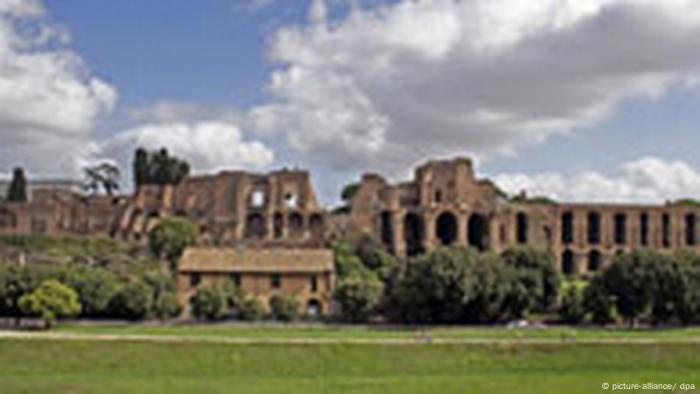
Such animals, included panthers, lions, rhinos and giraffe’s, the likes of which had never been seen before by the Roman people.

These animals were often foreign to Rome, brought from far-flung areas of the Empire, adding to the intrigue and excitement whilst also showcasing Rome’s power. A display of the animals was also the first event, describing these unusually beats to the crowd, to create excitement. This procession would excite the crowd, building apprehension for the coming events and preparing them for a good show.Įxotic, wild animals were taken to the Colosseum for hunting and fighting. The procession would tell the crowd what they were to expect from the games, with slaves leading the parade and the wild animals taking up the rear, followed by the ‘Editor’, a political authority who wore a purple toga and a golden wreath. Sacrifices were also included, to honour their religious beliefs and to wish contestants luck in their fights. This involved music, costumes, and carriages of the fighters and important people of Rome.

The opening parade was the first event held at the Colosseum to begin the games. After four centuries of active use, the arena fell into neglects after the fall of the Roman Empire, being plundered and then excavated over the years, until it began to be preserved in the 18th-19th centuries. The games continued to run until the until the 6th century. The first ever game to be held in the Colosseum was in 80 A.D. Commissioned by Vespasian, the Colosseum took 8-9 years to build, being completed by his son and successor Titus. His statue was later pulled down, but the base can still be found near the site. Officially named as the Flavian Amphitheatre, it was later known as the Colosseum, named after a nearby statue called the Colossus of Nero. by Emperor Titus Flavius Vespasian, as a gift to the Roman People. The massive stone amphitheatre was commissioned in 72.A.D. It is renowned for its violent historic past, hosting a large variety of ancient Roman entertainment. This brilliant landmark illustrates the once flourishing ancient Roman Empire. Today the ruins of a once thriving stadium tower over you as you stroll through the ochre walls. They hoped to promote their family line and appeal to the people of Rome by undergoing a large construction project on the city, which included the Colosseum. Located east of the Roman Forum, the Colosseum was built as a testimony to the power of Rome, as well as being a patriotic move on behalf of the Flavian dynasty. The Colosseum is by far the most recognisable landmark in all of Italy. What Was The Colosseum Used for? The most iconic landmark of Ancient Rome, the Colosseum stands as a testament to this great civilisation, reminding us of their ruthlessly ambitious nature.


 0 kommentar(er)
0 kommentar(er)
